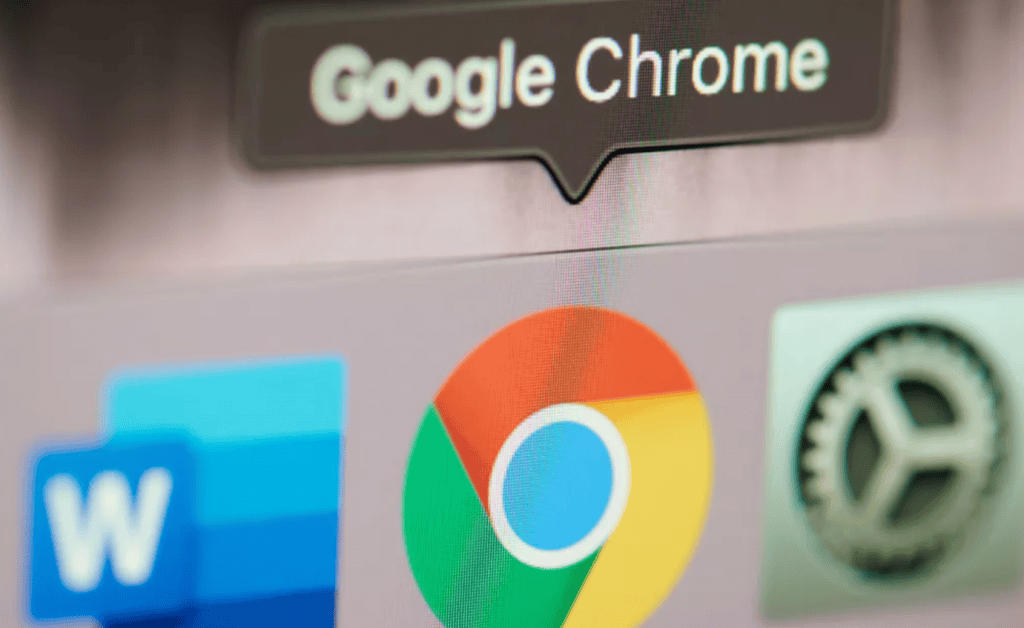
Google Chrome has, for more than a decade, had a bad reputation on the Mac. Its notoriety stems from being a resource hog that can eat up so much more memory than you’d think a web browser should. Those days may be over, though.
Chrome product manager Mark Chang detailed the changes, in a Google Chrome blog post focusing on the gains found in Chrome M89. This version, which is currently available (we just checked, it’s on our MacBook Air with M1) uses a bunch of Google’s own tech for performance gains — on both macOS and Windows 10 machines.
Chrome on Mac improvements
This starts with a lower memory footprint, with savings of up to 8% or more than 1GB in cases tested by Google. Your mileage, of course, may vary.
You’ll supposedly hear the difference, as Google found up to 65% better Apple Energy Impact (a metric seen in Activity Monitor) scores for background tabs — which translates, according to Chang, to cooler systems that don’t spin your fans up constantly. That means everyone who has dozens of background tabs (no judgement) could see them play a much lesser role in your system’s performance.
Chrome on Windows 10 improvements
Over on Windows, where Chrome is king (~71% according to Netmarketshare), there are even bigger improvements. Chang broke down the memory savings into three different sections: up to 22% improvements in the browser process, 8% in the rendering and 3% in GPU.
This is enabled with Google’s memory allocator PartitionAlloc, which is optimizing for efficiency. Previously, Chrome only utilized PartitionAlloc for Blink, its rendering engine. Now, it’s using PartitionAlloc everywhere on Chrome on 64-bit Windows and Android.
In our testing of Chrome, Firefox and Edge memory management this past February, on Windows, we saw that each of those browsers takes up a lot of memory. Firefox was the worst offender in all but one round of testing — often taking up 200MB more than Chrome, and up to 1GB less than Edge. Only in the 20 tabs round did Chrome consume more memory, taking 1.8GB to Firefox’s 1.6GB.
How to get Chrome M89
Here’s how to make sure Chrome on your Mac is up to date:
- Click the … button on the top right corner.
- Select About Chrome in the left menu.
- Install updates if available — and click Relaunch if presented.
On the PC, it’s just as easy:
- Click the … button on the top right corner.
- Select Update Chrome in the left menu.
- Install updates if available — and click Relaunch if presented.























